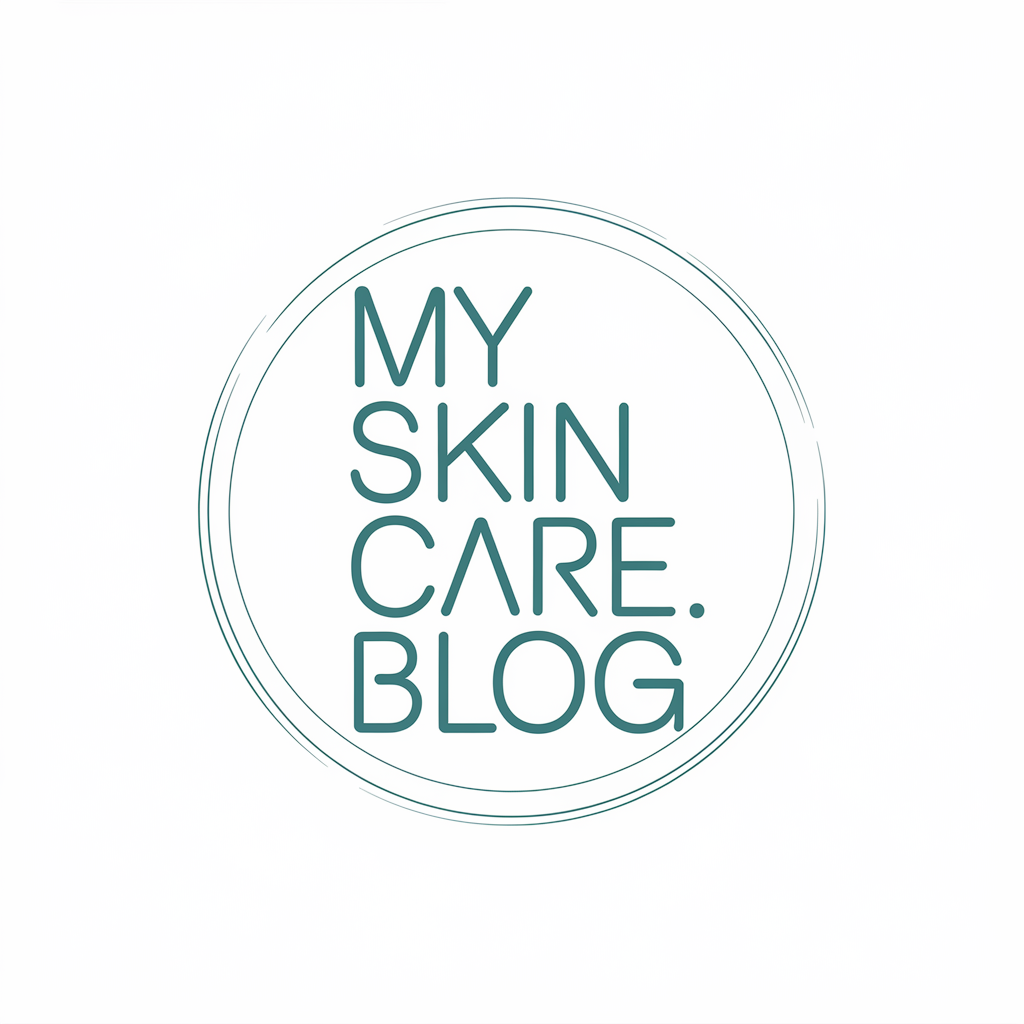Your Summer Skin Needs This Simple Routine
As summer heats up, you need to cleanse your skin daily to slash acne by up to 50% and exfoliate twice weekly for a radiant glow. Hydrate with hyaluronic acid moisturizers that lock in moisture, and slather on broad-spectrum SPF 30 sunscreen every two hours to shield against UV damage. Add targeted serums and nourishing masks for extra benefits, then keep up the routine year-round—explore these steps further for even more skin-saving secrets.
Key Takeaways
- Cleanse your skin daily with a gentle cleanser and exfoliate twice weekly to prevent summer breakouts.
- Apply a lightweight, hyaluronic acid-based moisturizer twice daily to hydrate and protect against dryness.
- Use broad-spectrum sunscreen with SPF 30 every day, reapplying every two hours for sun protection.
- Incorporate targeted serums, like vitamin C, to address pigmentation and boost hydration.
- Maintain consistency in your routine and try DIY masks with natural ingredients for ongoing skin health.
Cleanse Your Skin Daily
Because summer heat and humidity can clog pores with sweat and sunscreen, you need to cleanse your skin daily to maintain its health.
In your summer skincare routine, choose a gentle, pH-balanced cleanser suited to your skin type to remove impurities without irritation. Evidence from dermatological research shows daily cleansing reduces pore blockage and acne by up to 50% in humid conditions.
Apply it to damp skin, massage gently for 30 seconds, rinse with lukewarm water, and pat dry. To avoid common face washing mistakes, ensure you’re following the proper sequence of skincare steps. Do this twice daily to prevent breakouts and keep your skin barrier intact.
Effective summer skincare starts with this essential step.
Additionally, understanding face wash ingredients that can negatively affect different skin types is crucial for selecting a gentle cleanser tailored to your specific concerns.
Exfoliate for a Radiant Glow
Exfoliation enhances your summer skin’s radiance by sloughing off dead cells that build up from sun exposure and humidity.
You’ll boost cell turnover with gentle exfoliants like AHAs or enzymes, which studies show reduce dullness and uneven texture.
Opt for a twice-weekly routine to prevent irritation—over-exfoliating can damage your barrier.
Over-exfoliation can lead to premature aging by compromising the skin’s protective barrier.
Choose products suited to your skin type; for oily skin, try salicylic acid, while sensitive types should use milder options.
Always apply in circular motions and rinse thoroughly for optimal results, keeping your complexion smooth and vibrant without excess buildup.
To further protect your skin, incorporate expert recommendations from reliable sources to minimize the risk of common exfoliation mistakes.
Hydrate With Essential Moisturizers
After exfoliating, you lock in that glow by hydrating your skin with effective moisturizers, which help restore the barrier and combat summer dryness. For optimal results, remember that dehydrated skin can be distinguished by signs like tightness and a lack of elasticity, unlike dry skin which stems from oil deficiency.
Choose formulations with hyaluronic acid, as studies confirm it retains up to 1,000 times its weight in water for deep hydration. Incorporate ceramides to strengthen your skin’s natural barrier, reducing transepidermal water loss—evidence from dermatological research supports this for preventing flakiness.
Apply a lightweight moisturizer twice daily, morning and night, using upward motions for even absorption. This practical step keeps your skin plump, resilient, and ready for summer’s demands.
Additionally, hyaluronic acid is renowned for acting as an instant solution to dry skin, making it the most effective moisturizing ingredient in skincare routines.
Protect Against Sun Damage
As you build your summer skin routine, you must prioritize protecting against sun damage to safeguard your health and maintain youthful skin.
You apply sunscreen daily with at least SPF 30 to block harmful UV rays, a practice backed by dermatologists to prevent burns and cancer. For those seeking additional protection, especially in high-sun exposure scenarios, opting for SPF 50 sunscreen can offer superior defense against UV rays based on comparative effectiveness studies.
You also wear protective clothing like wide-brimmed hats and long-sleeve shirts for added defense during peak sun hours.
Moreover, daily sunscreen application is the most essential and cost-effective way to prevent premature aging by blocking UV rays.
Apply Sunscreen Daily
Applying sunscreen daily is crucial for shielding your skin from UV rays, which can lead to sunburn, premature aging, and even skin cancer.
Backed by studies from the American Academy of Dermatology, this habit reduces your risk of skin damage by up to 50%. It’s a practical, evidence-based step you can take every day for long-term skin health.
- Choose a broad-spectrum sunscreen with at least SPF 30 to cover both UVA and UVB rays effectively.
- Apply it liberally—about one teaspoon per body area—15 minutes before going outside.
- Reapply every two hours, especially if you’re active or sweating, to maintain protection.
Wear Protective Clothing
Beyond sunscreen, you can bolster your sun defense by choosing protective clothing that shields your skin from harmful UV rays.
Select garments with a UPF rating of at least 50, as studies from the American Academy of Dermatology show they block up to 98% of UV radiation.
Opt for long-sleeved shirts, full-length pants, and wide-brimmed hats to cover exposed areas effectively.
Don’t forget UV-blocking sunglasses and gloves for your hands and eyes.
This evidence-based strategy reduces sunburn risk and prevents skin cancer, making it a practical daily habit during summer outings and activities.
Incorporate Serums for Added Benefits
While your basic summer routine lays the groundwork, serums deliver targeted nutrients that address specific concerns like sun-induced damage or dehydration.
You’ll boost your skin’s defense with lightweight, fast-absorbing formulas that penetrate deeply, as clinical studies confirm their efficacy in repairing and protecting.
-
Opt for a vitamin C serum to neutralize free radicals, reducing pigmentation from sun exposure.
-
Incorporate hyaluronic acid for instant hydration, especially in dry, humid conditions.
-
Apply serums morning and night on clean skin to maximize absorption and long-term benefits.
For optimal results in managing hyperpigmentation, consider incorporating effective solutions that are safe, evidence-based, and tailored to individual skin needs.
Moreover, vitamin C serums are particularly effective for treating hyperpigmentation by promoting an even skin tone through their antioxidant properties and scientifically backed formulations.
Use Masks for Deep Nourishment
To keep your summer skin routine effective, you select nourishing masks packed with hydrating ingredients like hyaluronic acid, which studies show can restore moisture lost to sun exposure.
You apply them properly by cleansing your face first and leaving the mask on for the recommended time to maximize absorption.
This way, you’ll reap deep benefits, such as improved elasticity and a radiant glow that protects against seasonal dryness. Moreover, incorporating kitchen ingredients like honey can naturally enhance your skin’s glow and address common concerns such as dryness or dullness.
For added enhancement, try incorporating DIY face masks made from simple kitchen ingredients to leverage their natural superiority over commercial options.
Choose Nourishing Masks
As you build a summer skin routine, choosing nourishing masks delivers deep hydration and repair that your skin craves.
In the summer, masks combat UV-induced damage by replenishing essential moisture and strengthening your skin’s barrier with targeted ingredients.
-
Opt for hyaluronic acid-based masks; clinical studies show they retain up to 1,000 times their weight in water for optimal hydration.
-
Select masks suited to your skin type, like those with niacinamide for combination skin to balance oil and improve texture.
-
Prioritize antioxidant formulas, such as those with vitamin E, to neutralize free radicals and support long-term skin health.
Apply Masks Properly
Properly applying your mask ensures it delivers maximum hydration and repair to your skin. Dermatologists emphasize that correct techniques, backed by studies in the Journal of Cosmetic Dermatology, boost absorption by up to 40%. Start with a gentle cleanse to remove summer buildup, then apply a thin layer using clean fingers or a brush, avoiding eyes and lips. Wait the recommended time for deep penetration. Rinse with lukewarm water to seal in moisture. Here’s a quick guide for precision:
| Step | Best Practice |
|---|---|
| 1. Cleanse | Use a pH-balanced cleanser and pat dry. |
| 2. Apply Mask | Spread evenly for full coverage. |
| 3. Wait Time | Adhere to product instructions strictly. |
| 4. Remove | Rinse gently to avoid irritation. |
Consistency yields radiant results.
Reap Deep Benefits
While masks deliver surface-level hydration, you’ll maximize their deep nourishment by incorporating nutrient-rich formulas that penetrate the dermis, as supported by research in the Journal of Investigative Dermatology. This evidence-based strategy repairs sun-damaged skin and boosts elasticity, drawing from clinical studies for lasting results.
-
Select ingredients like hyaluronic acid****: These penetrate effectively, enhancing moisture retention as per dermatology research.
-
Apply post-cleansing****: Allow 15-20 minutes for absorption to optimize nutrient delivery and barrier function.
-
Use twice weekly****: Combine with antioxidants to counteract UV effects, promoting sustained skin health per expert guidelines.
Maintain Consistency Year-Round
While summer’s intense sun and heat require targeted skin care, you must keep your routine steady throughout the year to prevent issues like dryness or damage.
Research from dermatological studies confirms that consistent application of sunscreen and moisturizers year-round reduces UV damage and maintains the skin’s barrier function, lowering risks of aging and irritation.
You should adapt your regimen seasonally—use lighter gels in summer and richer creams in winter—while incorporating daily cleansing and antioxidants like vitamin C.
Track your skin’s response weekly, making adjustments based on evidence-based advice from professionals, to ensure lasting health and resilience.





